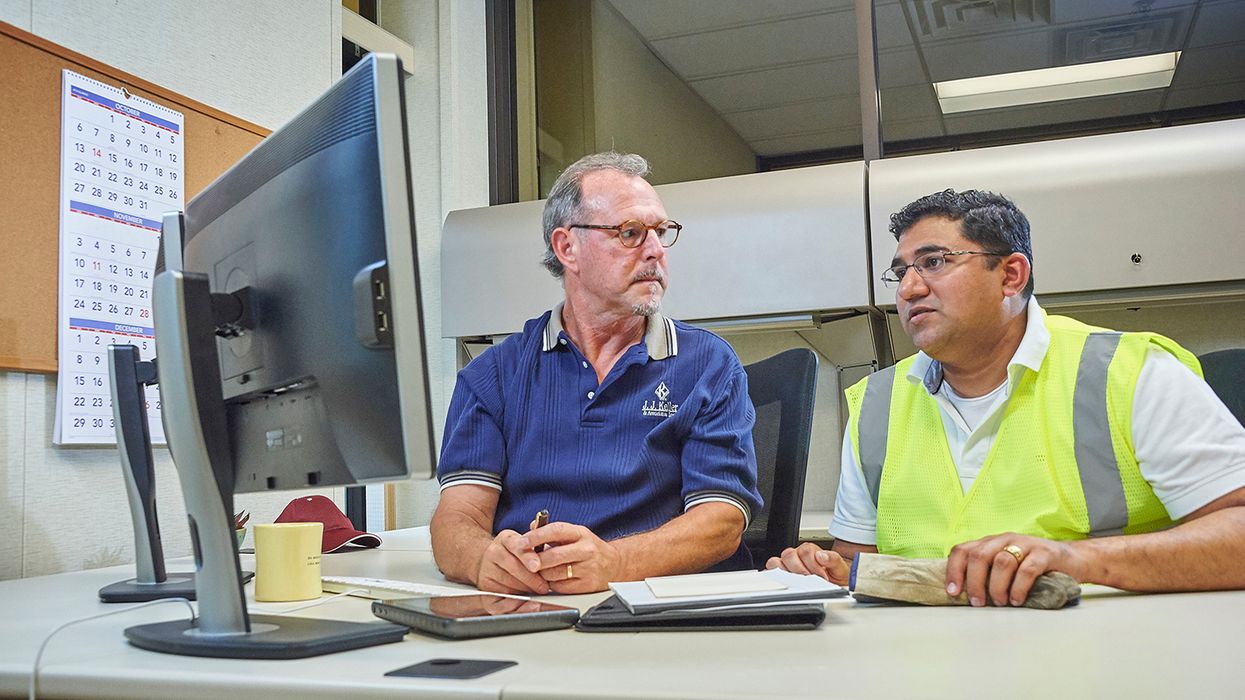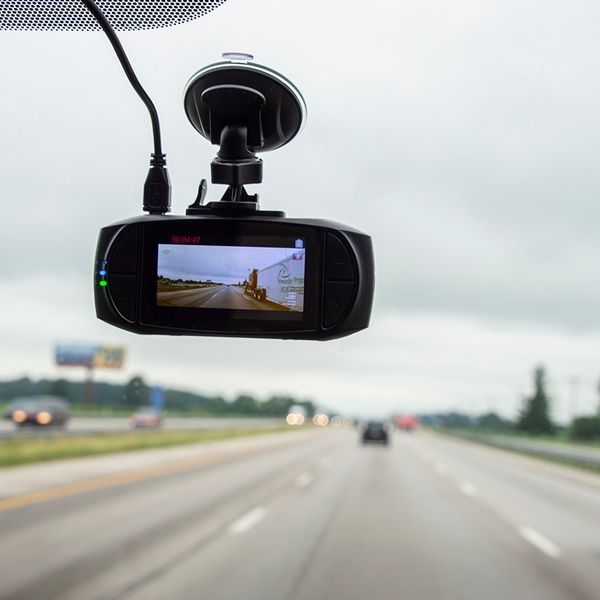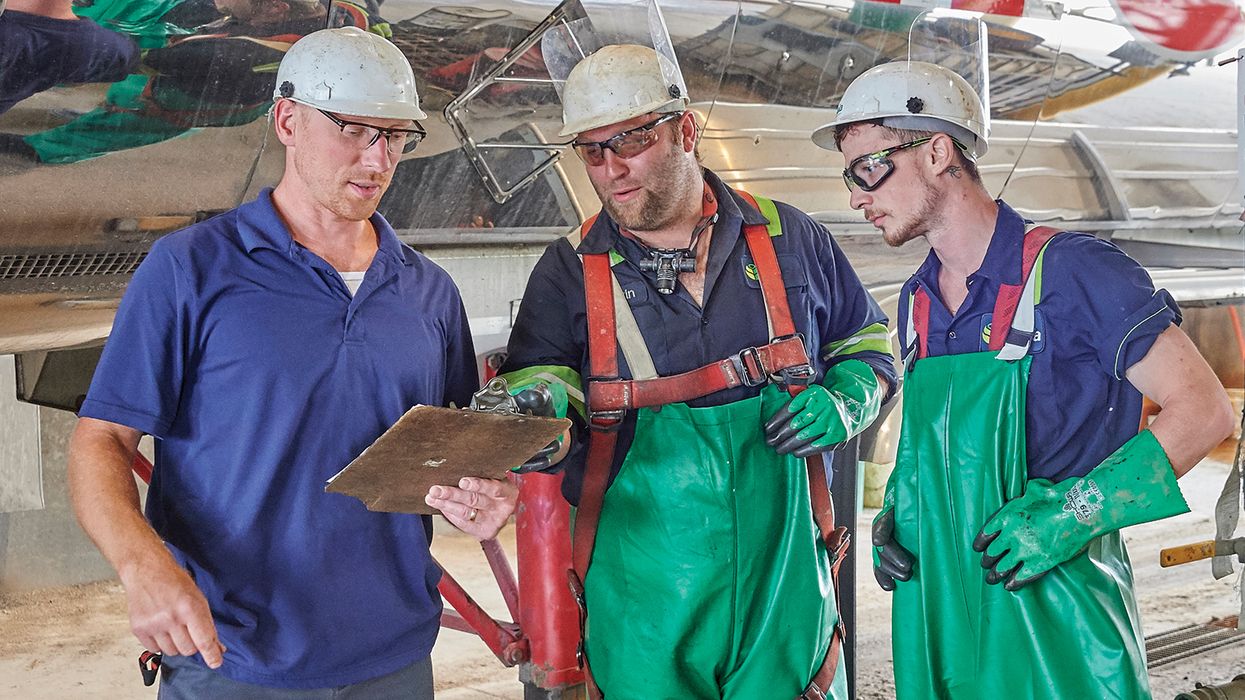Discussing data with drivers: 5 stages of an effective coaching session
Carriers must transition from reacting to motor vehicle record (MVR) violations and crashes to proactive behavior correction to reduce the potential for damaging litigation. Carriers can benefit from a system that monitors, prioritizes, and corrects the riskiest compliance and behavior data.
Performance data that can show behavior that should be corrected includes but is not limited to:
- Electronic logging device hours of service (HOS): HOS violations, improper use of exceptions, unassigned driving and personal conveyance events, as well as yard moves;
- Dashcam video clips: Events of following too close, unintended lane departures, speeding, failure to stop or yield, and distracted driving;
- Road reports: Motorist reports of unsafe driving, enforcement warnings; • Citations: Vehicle inspection or moving violations, overweight tickets; and
- Shop technician reports: Dirty vehicle interior, defects below regulatory or company standards.
Identifying coachable events from the sea of data on each driver is challenging. Once the negative behavior or trend is identified, the key is getting drivers to take accountability for positive changes.
5 stages of an effective coaching session
A driver supervisor or specially designated coach should receive training to achieve the best results. There is a process to coaching that involves five significant stages, including:
- Scheduling
- Coach promptly per the company standard. Coach the most severe events within 24 to 48 hours of the event and recognize positive behaviors with equal enthusiasm and timeliness.
- Verify that a private area will be available to have a conversation with the driver, who hopefully will be rested and receptive to feedback. Having another supervisor or an HR Manager in the room might be helpful to observe, monitor, and intervene if needed.
- Preparing
- Focus on the facts, avoid emotions, and don’t make assumptions.
- Think through the conversation — write down key points and questions to prevent putting the driver on the defensive.
- Building rapport
- Positively greet the driver. Treat them with respect and gratitude during the session.
- Ask the driver how their day or week is going.
- Recognize positive safety performance, when appropriate.
- Coaching
- After viewing the clip with the driver, ask if there were other relevant factors not seen in the video.
- Ask the driver how they would correct the root cause or how you or the company can help them.
- Formal training or disciplinary consequences may be necessary if this is a severe or repeat incident.
- Cover any points the driver missed and note positive behavior, as well as areas that need improvement.
- Explain the risk of continuing unsafe or non-compliant behavior.
- Recap the issue in a simple statement to confirm everyone agrees.
- Be consistent with remedial or disciplinary actions outlined in the company’s policies. • If the driver deflects the conversation or reacts defensively, respectfully guide them back to the reason for the session.
- Document the root cause and next steps. If the session involved recognition, document that as well.
- Gaining commitment
- Get a commitment from the driver to correct unsafe behaviors and engage in safe behaviors in the future, not just agree to complete the follow-up actions.
- If the driver doesn’t take accountability, understand the barriers.
- End the session positively by thanking the driver for their attention to safe driving habits. Let them know they can bring issues and questions forward at any time, and that they are a valuable member of the safety team.
Keys to remember:
Training driver coaches is paramount to success in changing behavior. Coaches must be well-prepared and interactions with drivers should be conducted respectfully, and provide a safe environment for the driver to share their feedback.






























































